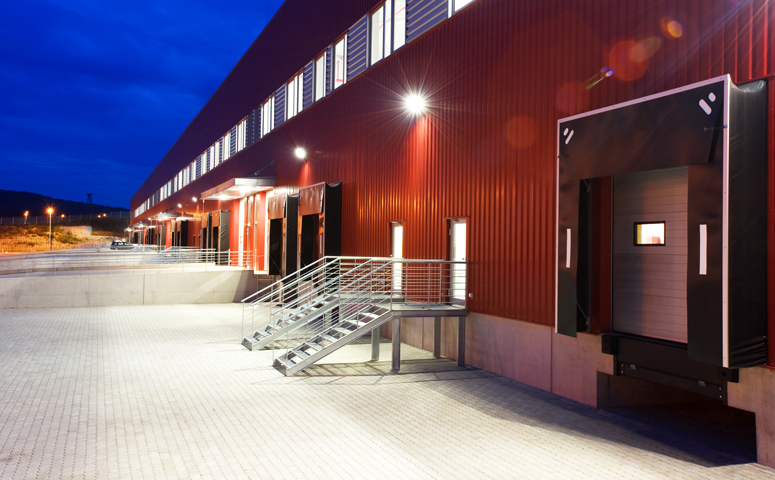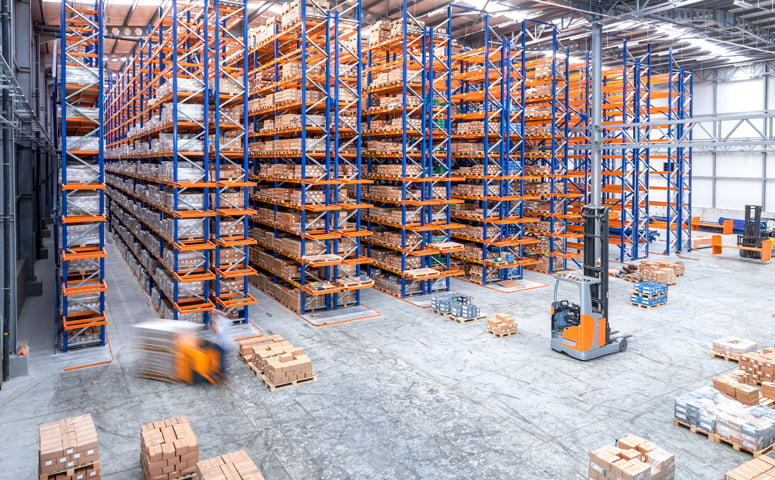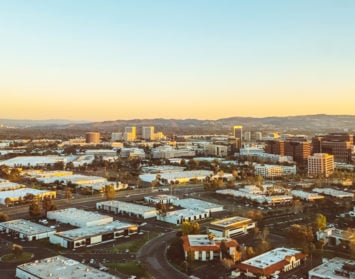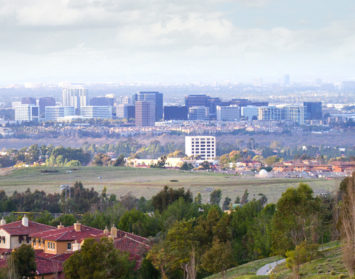By Alex Musetti & Mike Paleo
It is widely accepted that the commercial real estate market, as a whole, has taken a hit during Covid-19. Restaurants and brick-and-mortar shops have faced the worst of it as retail properties everywhere shut down. Office buildings have not fared much better as most companies sent their employees to work from home. The drop in demand for those two property types has dominated headlines across the country but, all the while, a quiet surge in demand has occurred in the industrial real estate market. Unlike other asset classes in the greater Los Angeles region, the industrial real estate market has been incredibly resilient through the Covid-19 pandemic. Combining Orange County, Inland Empire and Los Angeles, we see that together an already-low vacancy rate of 3.4% in Q1 2020 only shrunk further to an even tighter 3.1% today. Essential businesses in e-commerce, manufacturing, and biotech have all seen their demand–and need for space–soar as consumers and businesses stay at home throughout the pandemic. For these industries there is no possibility of sending their operations off-site, and the result of this increased demand is a tightening market met with an increase in development of new properties where available land exists.
Broadly Speaking – Demand Drivers
Across the Orange County, Inland Empire and Los Angeles areas, a few common threads can be seen.
As e-commerce boomed this past year, online retailers were met with an incredibly high demand for product and, therefore, more space. The need to lease more space to store inventory was coupled with the need to facilitate faster deliveries. One tactic was to secure warehouse space in smaller infill areas, putting product closer to delivery points. These last-mile fulfillment centers, as they are often called, have become almost as ubiquitous as Starbucks, and increased demand for smaller warehouses as well as larger ones.
Port congestion at both the LA and Long Beach port had an effect as well. Backups and surges at the port sent warehouses searching for secure overflow space to store containers and product. Storage space is in such high demand that many companies are leasing land–simple yard space–for the same price that a nice warehouse would have leased for six years ago. Given the low supply of such storage options, many occupiers unable to secure space locally have had to shift focus into the other neighboring submarkets. This trend is most common for companies relocating from the coastal areas to the Inland Empire, as noted below.
Finally, with the rapid need of food and beverage e-commerce during the pandemic, there has been an increase in demand for industrial facilities that can provide cold storage. These facilities are highly specialized and require a tremendous investment in infrastructure and equipment–driving prices up beyond the average cost of a standard warehouse.
Individual Market Outlook:
The general trends discussed above apply to the greater LA region as a whole, but each submarket has its own unique distinctions. Driven by unique industry consolidation, geographic access to the coast, and development opportunities, we see landlords of industrial real estate respond in slightly different ways from submarket to submarket.

Orange County
Orange County largely fits in line with the general trends of the greater LA region, but there are some unique aspects to Orange County that set it apart. One nuance is that Orange County has long been home to many manufacturers of the aerospace industry. Many of these companies have been hit as travel has plunged and their return to normalcy is uncertain. That has provided some pockets of availability that would otherwise have stayed occupied but with Orange County’s vacancy rate at 3.3% today even those older, specialized manufacturing facilities are leasing quickly. As an example, a business looking for a 20,000 – 25,000 square foot warehouse with two dock high doors will have only 15 options to choose from today in all of Orange County. Rates range from $0.80 – $1.35 per square foot, some of the highest on record.
Inland Empire
Its abundance of undeveloped land with good freeway access, proximity to LA and OC, and historically cheaper rental rates have made the Inland Empire a major hub for distribution and fulfillment centers in Southern California. Recently, demand for space in the Inland Empire has come from both its existing tenants and those coastal companies frustrated with high prices and a lack of supply. Over the last five years companies have poured into the Inland Empire from the coastal areas taking advantage of this lower cost market that is largely comprised of newer, nicer, and more efficient buildings. With plenty of land to develop, developers have responded to this influx and it seems like new construction can barely keep up with the demand. There is over 27,000,000 square feet of industrial space being developed in the Inland Empire right now. Even with this constant attempt to increase supply, vacancy rates have dropped from 4.4% a year ago to 3.5% today. The result is that spaces for ecommerce, distribution, and manufacturing facilities are often leased before construction has even begun.
Los Angeles
This dense, infill market did see its struggles at the beginning of the pandemic. Of the three markets, Los Angeles was hit first and hardest with Covid cases. The essential industrial businesses stepped up, collaborated, and survived but vacancy in the region slightly increased above 3 percent. Specifically, both Central LA and the South Bay submarkets saw leasing activity drop in the first half of 2020, but it has since rebounded to its highest annual total in five years. As such, rent growth remained positive and Los Angeles held the lowest “pandemic vacancy rate” among markets with over 200 million square feet of inventory. After a decade of glory and growth, the market is still incredibly strong with very little relocation options. If you are a 30,000 square foot user looking for a warehouse east of the 710 freeway with two dock high doors, only 24 options are available today. Much of this is the result of the massive bottleneck at the LA and Long Beach port, which will continue to wreak havoc on the supply chain, forcing companies to compensate for the delay by increasing their inventory, which will result in continued demand for space through 2021. A steady near-term recovery is expected.

Think Local
Each local industrial market is unique and experiencing the pandemic in different ways. The experienced brokers at Hughes Marino are your strategic partners during this period when tenants’ interests and plans are more important than ever. They are actively working with hundreds of industrial users in each region to reveal off-market opportunities and protect client interests with confidence.
Marketing statistics provided by CoStar Group.
Alex Musetti is a senior vice president of Hughes Marino, a global corporate real estate advisory firm that exclusively represents tenants and buyers. Contact Alex at 1-844-662-6635 or alex@hughesmarino.com to learn more.
Mike Paleo is a senior vice president of Hughes Marino, a global corporate real estate advisory firm that exclusively represents tenants and buyers. Contact Mike at 1-844-662-6635 or mike.paleo@hughesmarino.com to learn more.












